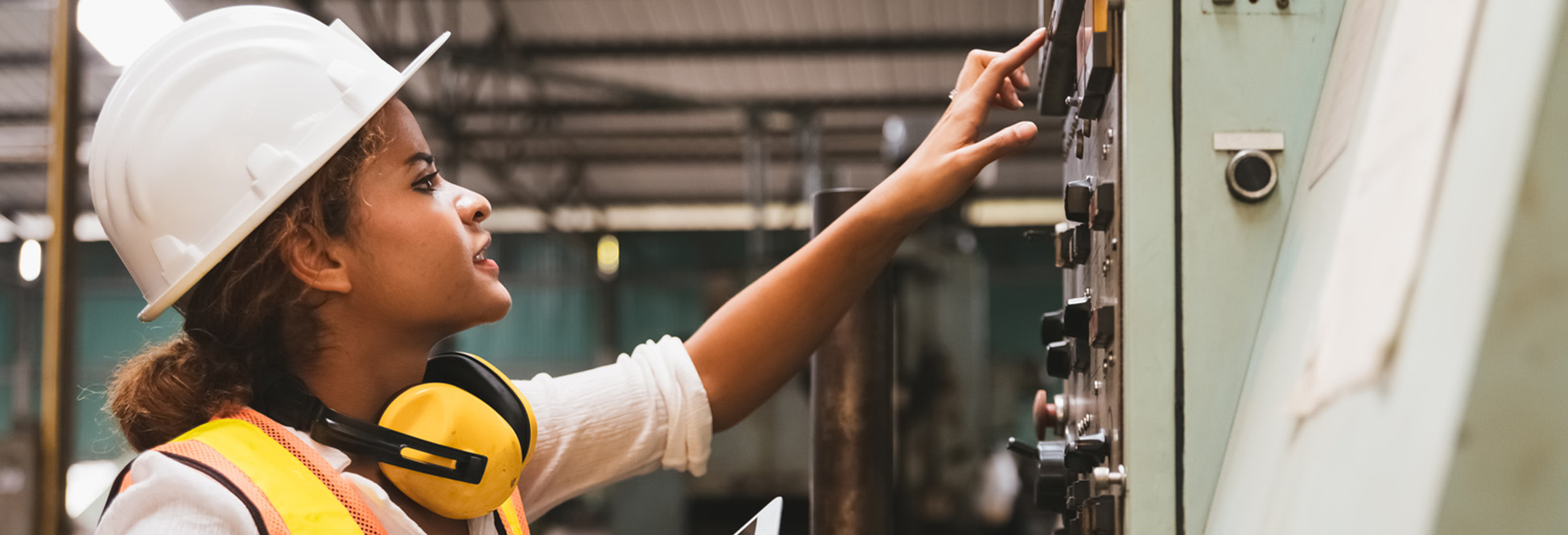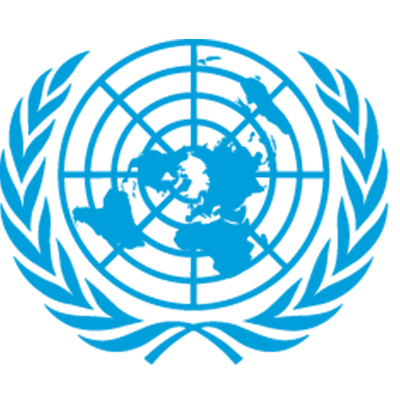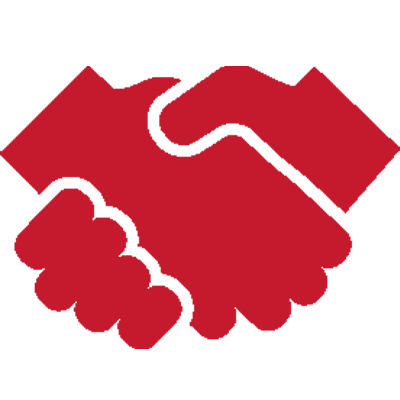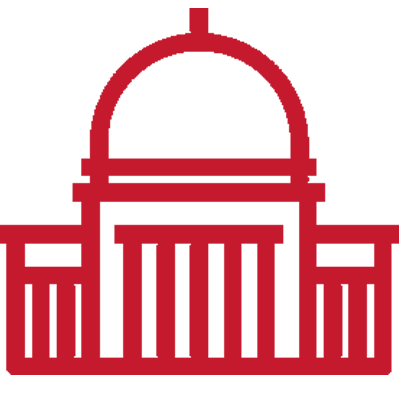
Advancing gender equality and girls’ and women’s empowerment in and through education
This call to action builds on the Action Track 1 paper on inclusive, equitable, safe and healthy schools1, the Freetown Manifesto for Gender-Transformative Leadership in Education2, related G7 and G20 declarations and communiqués3, the Generation Equality Forum4, and other normative frameworks and commitments made by governments and partners to girls’ and women’s education and gender equality5.
Like all Transforming Education flagships, it will be promoted and championed in the coming months and followed up on and monitored under the SDG4 High-Level Steering Committee, existing advisory bodies on girls' education and gender equality in and through education and a new Global Platform for Gender Equality and Girls’ and Women’s Empowerment in and through Education6.
We call on all to advance the achievement of SDG 4 gender equality and girls’ and women’s empowerment in and through education by taking action in the following areas:
- Put gender equality at the heart of education sector plans, budgets and policies. Identify gender disparities and their underlying factors from the early years and beyond, and scale up budgets, strategies and commitments that eliminate harmful gender norms in pedagogy, build the institutional and human capacity of education sector staff, focus on the most marginalized, and support learning.
- Invest in focused interventions that support marginalized girls’ access to 12 years of safe and quality education as one of the most cost-effective and impactful social and economic investments possible. Engage boys and men in efforts to challenge gender inequality and gender structures, norms and stereotypes, and address boys’ disengagement from education.
- Ensure gender parity and non-discrimination at all levels and in all subjects, and in teaching, education and ministerial leadership positions. Support women teachers with fair and equal compensation, safe housing, transport and other resources needed to work, including in remote areas. Take targeted measures to break the glass ceiling in educational leadership and administration.
- Identify and remove gender bias and stereotypes from curricula, teaching and learning materials, and ensure all teachers and learners acquire the knowledge and skills needed to examine, challenge and change harmful gender norms, attitudes and practices, unequal power relations, gender discrimination and wider intersecting inequalities. Pay particular attention to early learning materials, as evidence shows that gender stereotypes and norms are understood and rooted in children as young as two years of age.
- Transform data systems, and expand innovative and non-traditional data collection, to better generate sex- and age-disaggregated data and understand the intersections between gender and other characteristics such as disability or ethnicity that compound and lead to marginalization, inequality and learning poverty, and use data to take targeted action to leave no one behind.
- Systematically and meaningfully integrate children and young people in all of their diversity in consultations and decision-making aimed at advancing gender-transformative education, applying targeted measures to ensure the equitable participation of the poorest and most marginalized.7
- Ensure safe, gender-transformative and inclusive learning spaces, with water, sanitation and menstrual hygiene management facilities, measures to prevent and respond to school-related gender-based violence, school meals, comprehensive sexuality education, and education and services for HIV prevention, care and support. Address immediate needs linked to COVID-19, learning poverty and global hunger , and establish mechanisms to address emergencies and protracted crises where vulnerabilities are most pronounced.
- Support coordinated, cross-sectoral, intersectional and intergenerational collaboration across Ministries, civil society, grassroots youth organizations, teacher unions and other actors working on education, health, nutrition, HIV, gender, protection, youth, employment, economic, social and climate justice, and humanitarian responses to safeguard rights and promote equal educational and career pathways.
- Finance the implementation of equitable, effective and evidence-based responses that aim to close gender disparities and inequalities in all aspects and at all levels of education, promote women’s leadership, and change harmful gender structures, norms, attitudes and practices.
- Integrate gender-responsiveness into public expenditure monitoring to identify the effects of education spending on girls and boys at all education levels and in all settings. Reorient spending to redress inequities, promote gender equality in and through education, and reach the most marginalized.
- Fund and partner with feminist global, regional and grassroots organizations and young activists to collaborate and collectively advocate to governments to ensure gender-transformative education and champion girls’ and women’s empowerment in and through education.
- Invest in gender capacity strengthening at global and country levels to integrate gender equality in sector assessments, plans and strategies, including in emergencies and protracted crises.

United Nations
United Nations and other multilateral organizations
- Ensure evidence-based monitoring of progress towards national, regional and global benchmarks built on accountability, national ownership, participation and transparency, within the SDG4-Education 2030 Steering Committee, the Global Platform for Gender Equality and Girls’ and Women’s Empowerment in and through Education and other mechanisms.
- Expand capacity development, strategic guidance, gender-transformative leadership, knowledge sharing and monitoring of efforts to advance gender equality and girls’ and women’s empowerment in and through education with the meaningful engagement of gender and rights experts, children and youth.
- Support countries to increase the availability and use of disaggregated data, gender assessments, gender budgeting and other means to inform planning, costing and implementation of gender-transformative education and reach the most marginalized.

Development Community
Broader development community including civil society, young people and academia
- Build and sustain a knowledge and evidence base on core components of gender-transformative approaches, the intersection with foundational learning, and how to strengthen education systems to promote gender equality and girls’ and women’s empowerment.
- Civil society organizations increase internal capacity and expertise, and financial resources, in order to embed gender equality in education strategies, programmes and initiatives.
- Prioritize localized agendas and build networks and alliances that centre initiatives coming from grassroots movements addressing gender inequality and girls’ and women’s rights in and through education
1 Foundational learning refers to basic literacy, numeracy, and transferable skills such as socio-emotional skills. The Thematic Action Track 1 paper on Inclusive, equitable, safe and healthy schools, including a sub-thematic paper on gender-transformative education, was developed through a multi-stakeholder process involving over 200 representatives from governments, civil society donors, policymakers, civil society groups, young people, teachers’ networks, education advocates, academia, the private sector and philanthropies.
2 The Freetown Manifesto for Gender-Transformative Leadership in Education was developed by 13 African Ministries of Education with inputs from civil society and multilateral organizations like UNGEI, UNICEF, UNESCO and GPE.
3 This includes the G7’s 2018 Charlevoix Declaration, the G7’s 2019 Gender at the Center Initiative, the G7 2021 Communiqué (particularly paragraphs 66-75); and the G7’s 2022, Development Ministers’ Communique (paragraph 23), as well as the G20’s: 2021 Ministerial Declaration, and the 2020 Education Ministers’ Communique..
4 The Generation Equality Forum launched in 2021 a 5-year Global Acceleration Plan for Gender Equality designed by six Action Coalitions that identified critical actions required to achieve gender equality in areas from gender-based violence and technology to economic and climate justice.
5 This includes: the Safe Schools Declaration; the Safe to Learn Call to Action developed by the Global Partnership and Fund to End Violence Against Children; commitments made through the 2021 UN Food Systems Summit and the resulting School Meals Coalition; and other resolutions.
6 This Platform will be launched during the Transforming Education Summit to convene governments, donors, partners and civil society to monitor progress against the Summit and other commitments, highlight gaps in progress at the country level, and encourage transformative action on girls’ education and gender equality in and through education.
7 For more guidance on gender-transformative education programming, see: Plan International, Transform Education, UNGEI and UNICEF. 2021. Gender-transformative education: Reimagining education for a more just and inclusive world. New York, UNICEF.; Plan International. 2021. Guidance note: Gender transformative education and programming. Woking, Plan International; and Swedish International Development Cooperation Agency (Sida). 2022. Gender Transformative Change – an evidence-based overview. Stockholm, Sida.


